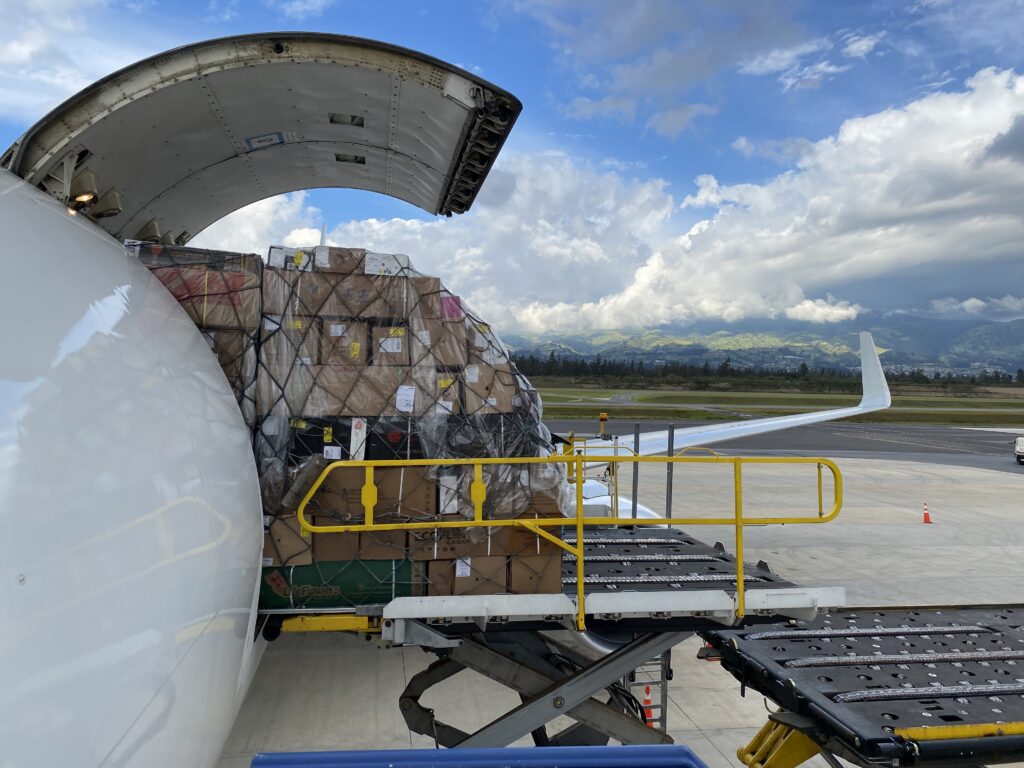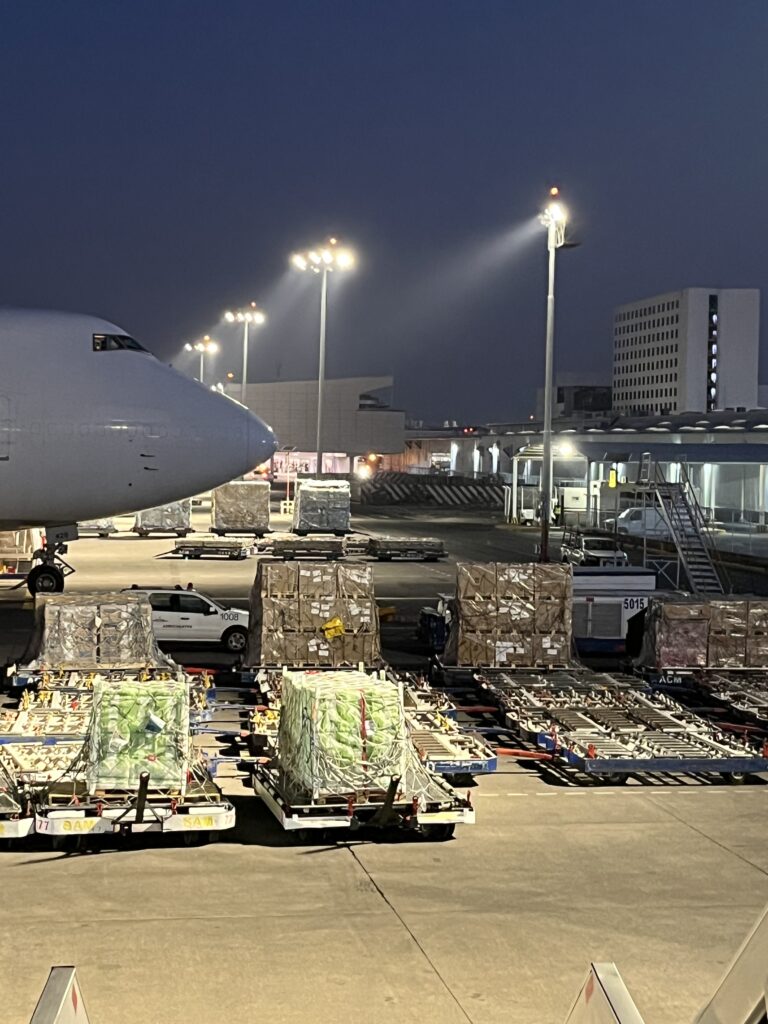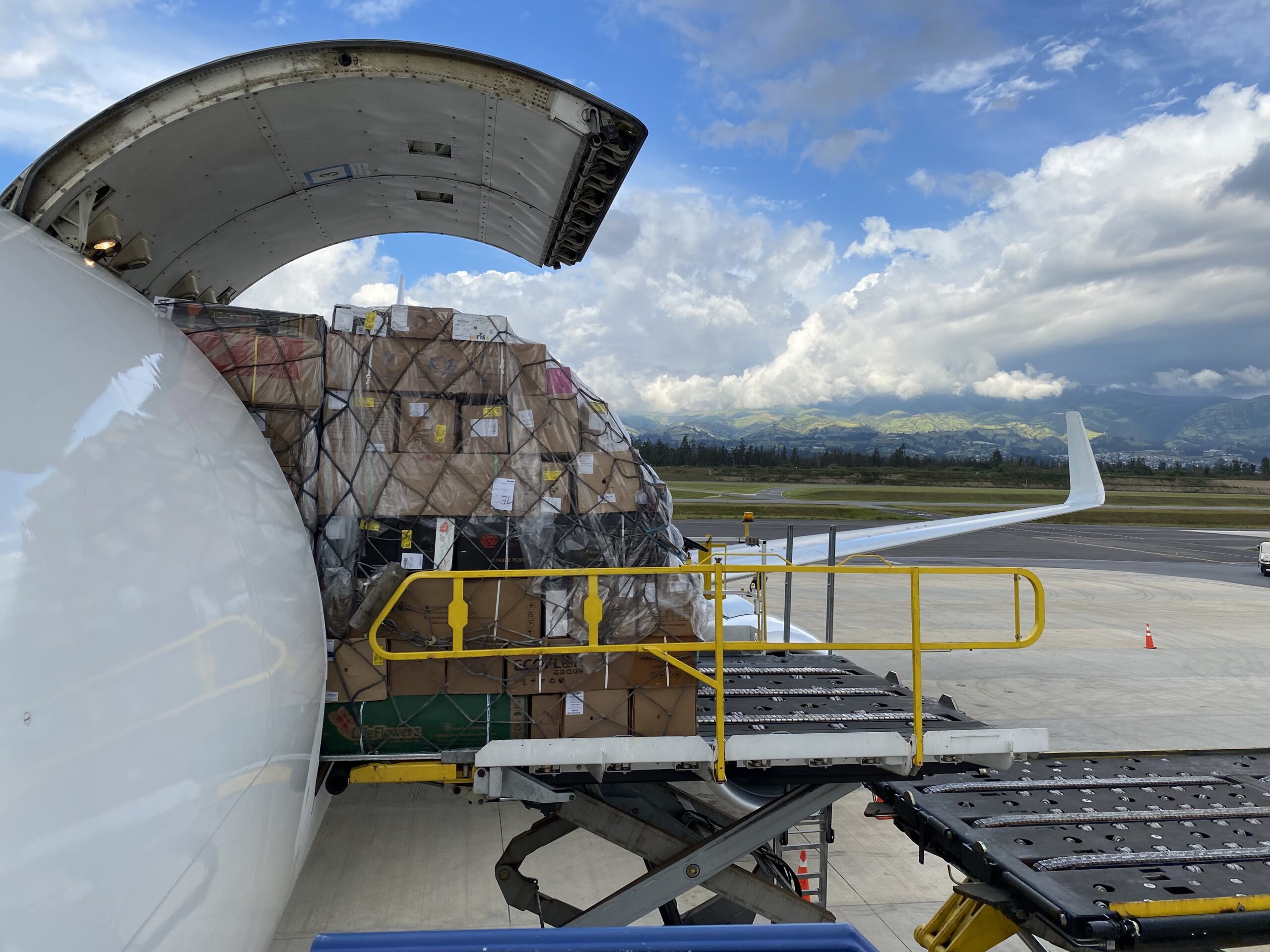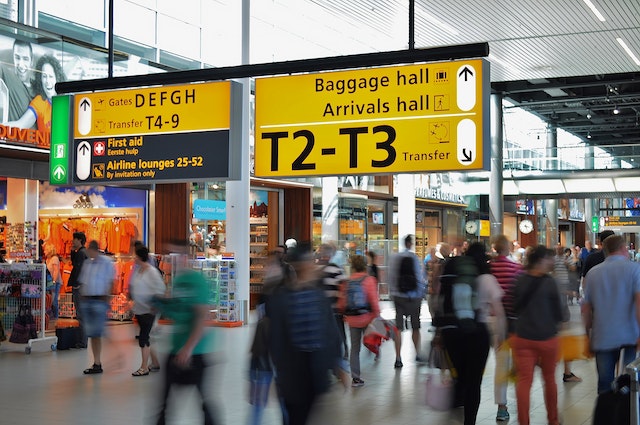Last updated on August 1st, 2023 at 03:27 pm
Air cargo continues to decline but at a slower pace. Month over month continues to show improvement after an unfortunate 2022.
High inflation continues to affect world economy by slowing down export orders globally and specialy in north america. Passenger airliners provide sufficient belly capacity thus freighter rates are expected to remain stable. The air cargo industry still struggles with weak demand, even though it has fully restored its capacity.

Volumes
Volumes continue to remain low but showing improvements in a month over month comparison. Purchasing power remains affected to the downside by high interest rates adversely affecting air cargo demand. Despite the slower than expected reopening of the China’s economy, high technology exports from the Asia-Pacific area showing a slight improvement. Latin America keeps showing resilence in being one of the regions with less decrease in volume. North america marked a decrease in volume by 19% on average during April 2023 on comparison to the same month in 2022.
Volumes are forecast to recover along the year as new export orders manufacturing PMI indicate a modest increase.
Capacity
Air cargo capacity in April exceeded 2019 levels. In April international capacity increased 10.7% compared to a year ago, consistent with faster recovery of “belly cargo”. Passenger airliner aircraft usually carry cargo in the lower deck, just beneath the passenger main cabin, it is part of airline revenue and as passenger travel keeps booming more capacity will be available. Total passenger traffic has grown 64% in 2022 compared to 2021, this adds sufficient belly capacity for cargo. Global capacity for air cargo grew 14% in abril 2023 compared to 2022.

Rates
Demand remains low and capacity sufficient to meet with stability, so air cargo rates are forecast to remain stable. Air cargo rates maintain a 45% increase over their 2019 levels in March 2023, while maritime container rates decreased to be only 8% higher than in 2019. This contrast in rate performance exposes the advantage that the maritime cargo industry holds against air cargo.
Air freight rates depend mostly on supply and demand. As one of the largests expenses, fuel costs have remained higher than a few years ago but still decreasing on a year over year basis. Unrest with Russia and Ukraine will keep volatility high on crude oil prices. Simultaneously as travel demand keeps growing prices should continue increasing. Rates may be impacted further down the year by jet fuel price as OPEC+ oil production cuts generally put pressure upward in oil price.

Forward Looking Indicators
We use the purchasing managers index as a leading indicator of an economy expansion or contraction. Sometimes economic indicators point into very divergent directions. Global manufacturing PMI remained low in May 2023 to a 49.6 reading, showing slight contraction. China’s PMI showed an improvement in new export orders in April, being the only major economy showing expansion. All other major economies showed a contraction in a month to month comparison. New export orders, a component of global PMI shows a slight increase.
Historicaly this data has demonstrated a strong correlation with air cargo demand.

https://www.pmi.spglobal.com/Public/Home/PressRelease/3854205c66d34b09849f1961ecc7c89d – S&P Global Market Intelligence
https://www.iata.org/en/iata-repository/publications/economic-reports/air-cargo-market-analysis—april-2023/ – IATA Economics.




Touche. Great arguments. Keep up the amazing work.